The price of natural gas in the US has gotten completely destroyed. The process started in July 2008, at over $13 per million Btu and continues through today, at $1.77 per million Btu.
In between, natural gas traded at prices that, for much of the time, didn’t allow drillers to recoup their investments, leading to permanently cash-flow negative operations, and now huge write-offs and losses, defaults, restructurings, and bankruptcies.
You’d think that this sort of financial misery would have caused investors to turn off the spigot, and for production to fall because drillers ran out of money before it got that far.
But no. Over the years, money kept flowing into the industry. In this Fed-designed world of zero interest rate policies, when risks no longer mattered, drillers were able to borrow new money from banks and bondholders and drill that money into the ground, and production soared, and more money poured into the industry based on Wall Street hoopla about this soaring production, and this money too has disappeared.
In the process, the US has become the largest natural gas producer in the world – and the place where the most money ever was destroyed drilling for natural gas.
But now the spigot is being turned off. And much of the industry is heading toward default and bankruptcy. Granted, the largest producer in the US, Exxon, has apparently bigger problems on its global worry list than the misery in US natural gas. Its stock is down only 25% since June 2014, and its credit rating is still AAA. But even if it gets downgraded a couple of notches, Exxon can still borrow new money to fund its operations, dividends, and stock buybacks, and service its existing debt.
But the rest of the industry – along with its investors and banks – is sinking deeper into fiasco.
…click on the above link to read the rest of the article…




 I use the term “epocalypse” to name the last days of the global economy as we know it — a global economic collapse of biblical proportion. It is economic, epochal, an apocalypse that will change the world and a collapse … all in one word that sounds the right size for what I’m talking about. Call it the “Great Collapse” or the “Epocalypse.” Whatever you call it, it’s about to change the world.
I use the term “epocalypse” to name the last days of the global economy as we know it — a global economic collapse of biblical proportion. It is economic, epochal, an apocalypse that will change the world and a collapse … all in one word that sounds the right size for what I’m talking about. Call it the “Great Collapse” or the “Epocalypse.” Whatever you call it, it’s about to change the world.
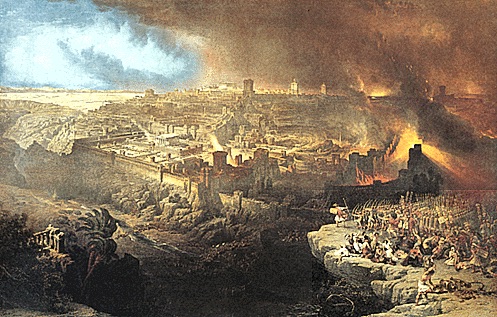


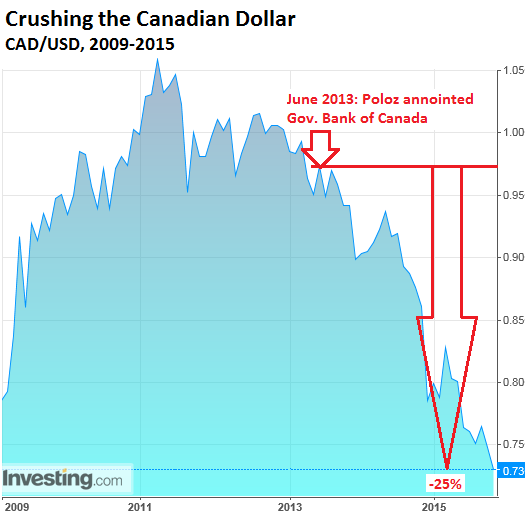
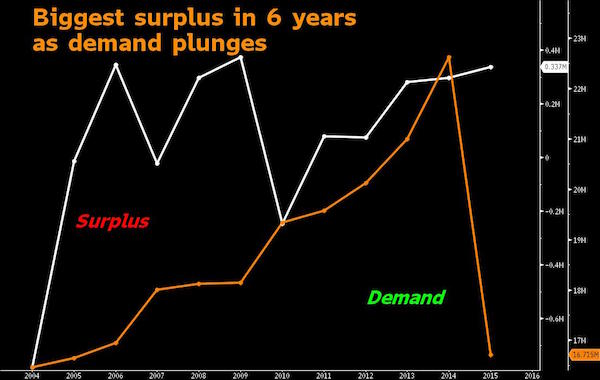


 New Argentine president Mauricio Macri – the era of the Kirchner dynasty is over.
New Argentine president Mauricio Macri – the era of the Kirchner dynasty is over.
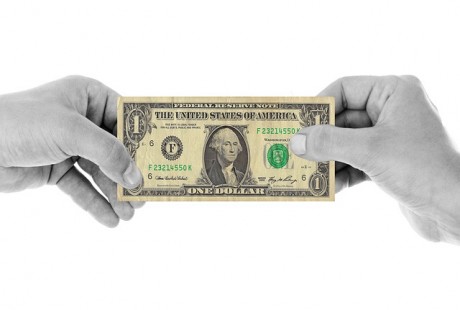
 Photo credit:
Photo credit: 

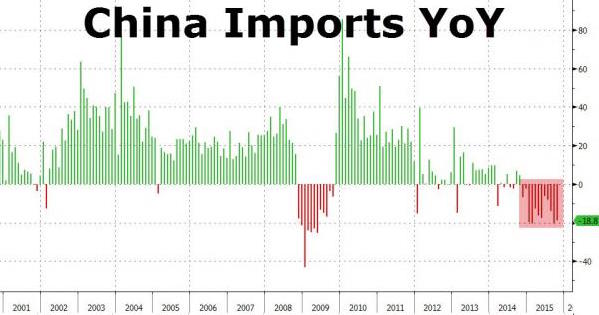
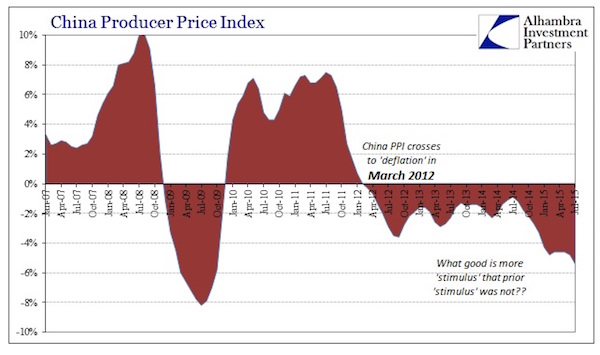
 Photo credit: Getty Images
Photo credit: Getty Images


